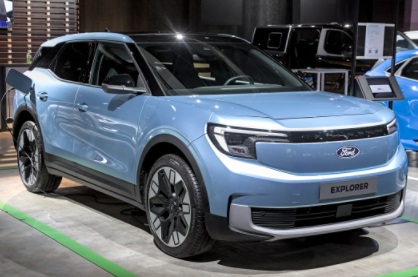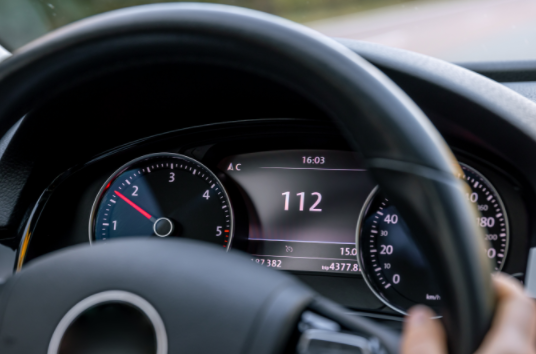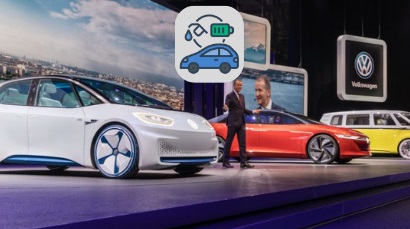Today, its all about going electric, as opposed to relying on fossil fuels, in order to reduce our carbon footprint. The automotive industry was one of the earliest to join the bandwagon, in 2006 a Silicon Valley start-up announced they would produce a range of luxury all-electric sport vehicles with a range of over 200 miles. Now, most people refer to them as Tesla.
However, if you’ve recently decided to switch to electric, you may have been surprised by the numerous definitions of the term “Electric Vehicle” (EV).
A typical EV is powered solely by re-chargeable batteries (BEV), powering the entirety of the vehicle (motor, infotainment, lights, etc…). You’re probably thinking these batteries don’t last long either. Well, on one full charge a standard Tesla Model 3 has a range of around 300 miles (WLTP range) , a Polestar 2 (Standard) can do around 340 miles (300) and a standard Ford Mach-E GT will do about 240 miles. Although, you’ll find the higher spec models do have a significant boost in range, just make sure your wallet can go the distance too.
Another type of EV you may have noticed is an electric hybrid. And, as if things weren’t complicated enough, you can get yourself a Plug-in Hybrid (PHEV) or a “self-charging” hybrid (HEV). Hybrids use the generosity of an electric motor and an internal combustion engine, but differ in terms of re-charging the batteries. A PHEV requires you to recharge the batteries by plugging them into the grid whereas an HEV is able to recharge the batteries using the engine (i.e., while you’re driving). Both also use regenerative braking (converting the kinetic energy from braking into electricity) to recharge. Some examples of PHEVs and HEVs include the Fiat 500e, Hyundai IONIQ and the Volvo XC90 and Toyota Prius, respectively.
Finally, if you really want to stand out from the crowd, you could get yourself a Fuel Cell Electric Vehicle (FCEV). These exotic animals run on a fuel cell that takes liquid nitrogen and converts into electricity. The main selling point of a Hydrogen powered car is that it can be refuelled in a similar fashion to petrol by filling the tank with liquid Hydrogen. That being said, they aren’t as common as battery powered EVs as they wear a heavy price tag and users don’t have the abundance of fuel stations their electric counterparts do. Currently, the Toyota Mirai and the Hyundai ix35 Fuel Cell are the only 2 available FCEVs in the UK.
Now you understand everything you need to know about the EV family, all you need to do is to decide whether you want to join it. Increasing demand and availability of EVs this year, along with government support, has led to over 530,000 BEVs on the road, in addition to over 400,000 PHEVs alongside them. The EV market is taking over!











